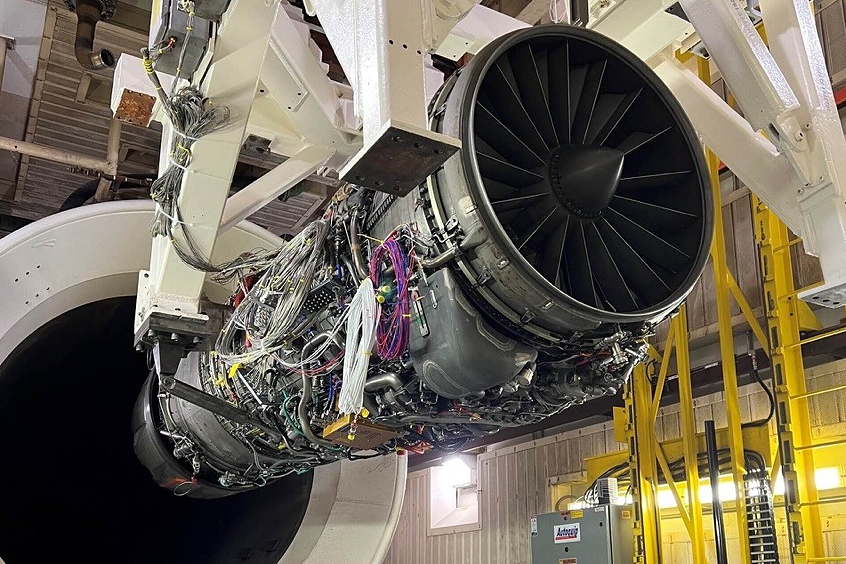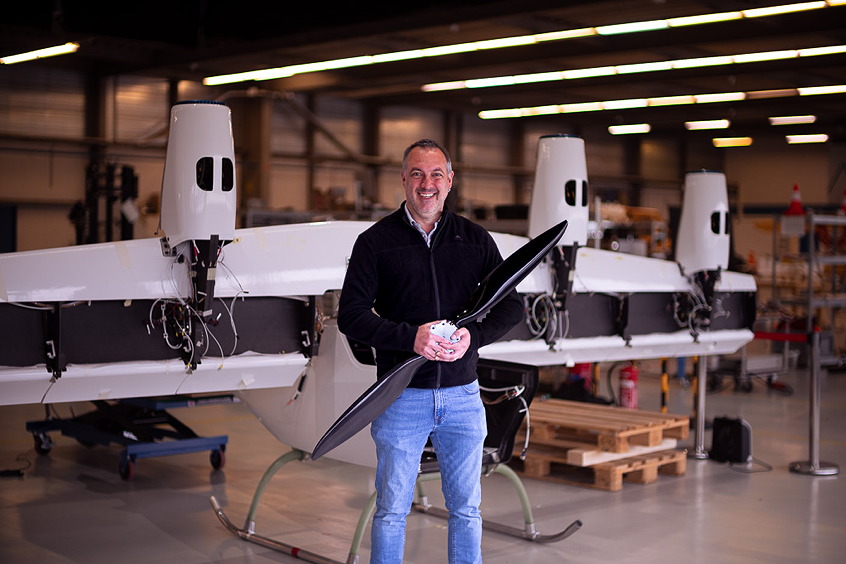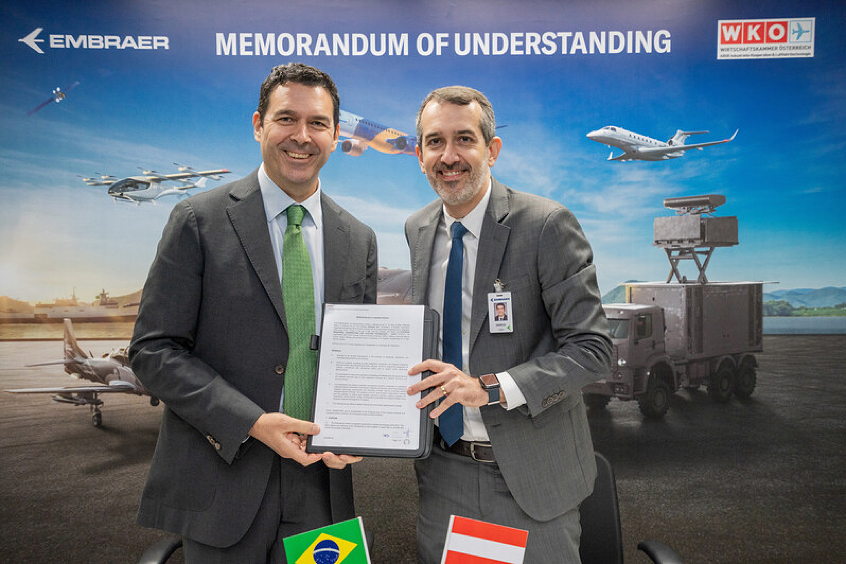In line with its vision to redefine aerospace, Collins Aerospace has been selected by Lockheed Martin to provide avionics for the new X-59 Quiet Supersonic Technology (QueSST) aircraft. The X-59 is being developed by Lockheed Martin for NASA to collect data that could make supersonic commercial travel over land possible through low sonic boom technology. Collins Aerospace is a business unit of United Technologies Corp..
Collins will provide developmental engineering support to tailor its Pro Line Fusion avionics to the specific requirements of the X-59. By jointly developing software applications side-by-side, Lockheed Martin will receive an optimized solution which will also include Collins' award-winning touchscreen primary flight displays with tailored multi-function windows, head-up display (HUD) symbology, synthetic vision, ARC-210 communication radios, and a suite of navigation and surveillance equipment. Lockheed Martin will house a System Integration Lab for the Pro Line Fusion avionics at its facility in Palmdale, California.
In addition, Collins will provide a dual multi-spectral enhanced vision system (EVS-3600). In order to achieve supersonic speeds with a low sonic boom signature, the X-59 must have a long and slender shape. This shape also makes a forward-looking window impractical. The EVS-3600 will enable pilots to land in nearly all conditions using advanced visual sensors leveraging long wave, infrared technology.
"Our industry-leading avionics, combined with one of the most advanced EVS cameras in the market, will add to the safety and efficiency of this forward-leaning aircraft," said Dave Schreck, vice president and general manager for Military Avionics and Helicopters at Collins Aerospace. "We look forward to working with Lockheed Martin and NASA to play an integral role in making quiet supersonic travel over land possible for passengers."
The X-59, which is expected to take its first flight in 2021, is designed to create a sound about as loud as a car door closing, instead of a sonic boom. It will be used to collect data on the acceptability of the quiet sonic boom generated by the aircraft, helping NASA establish an acceptable commercial supersonic noise standard to overturn current regulations banning supersonic travel over land.
| Contact details from our directory: | |
| Collins Aerospace, Avionics Division | Head-Up Displays, Radio Communications Equipment, Moving Maps, Enhanced Vision Systems (EVS), LCD Displays, Engine Indicator Instruments, Cabin Management Systems, Automatic Flight Control Systems, Inflight Entertainment, Automatic Direction Finders, Cabin Address Systems, Autopilots, Radar/Radio Altimeters, Distance Measuring Equipment, VOR (Omnirange) Receivers, Avionics Management Systems, Air-to-Ground Data Links, Multi-Mode Receivers (MMR), Engine Control Quadrants, Control Panels, Aircraft & Helicopter Controllers, Collision Avoidance Systems/TCAS, Helmet-Mounted Displays (HMD), Weather Mapping Radar, Inertial Components & Systems, Attitude and Heading Reference Systems, Navigation Antennas, Transceivers, Flight Recorders, Cockpit Printers, Flight Directors, Flight Management Systems, Electronic Flight Instrument Systems, Air Data Computers, Onboard Computers, UAV Control Software, GPS, Simulation Systems, Surveillance/Air Defense Radar, Engine Controls, Terrain Awareness and Warning Systems, Horizontal Situation Indicator, Instrument Landing Systems, Command, Control & Intelligence Systems, Airborne Communication Systems, Cockpit Video Displays, Onboard Intercom Systems |
| Lockheed Martin Skunk Works | Research/Consulting Services, Design Services, Technical/Eng/Scientific Studies, Airframer, Airborne Communication Systems, Collision Avoidance Systems/TCAS |
| Related aircraft programs: |
| Lockheed Martin Skunk Works X-59 QueSST |
Weekly news by email:
See the latest Bulletin, and sign up free‑of‑charge for future editions.

Amprius and Stafl team up for battery pack innovation

RISE engine efficiency project gains momentum

Dufour picks Mejzlik propeller blades for the Aero2
